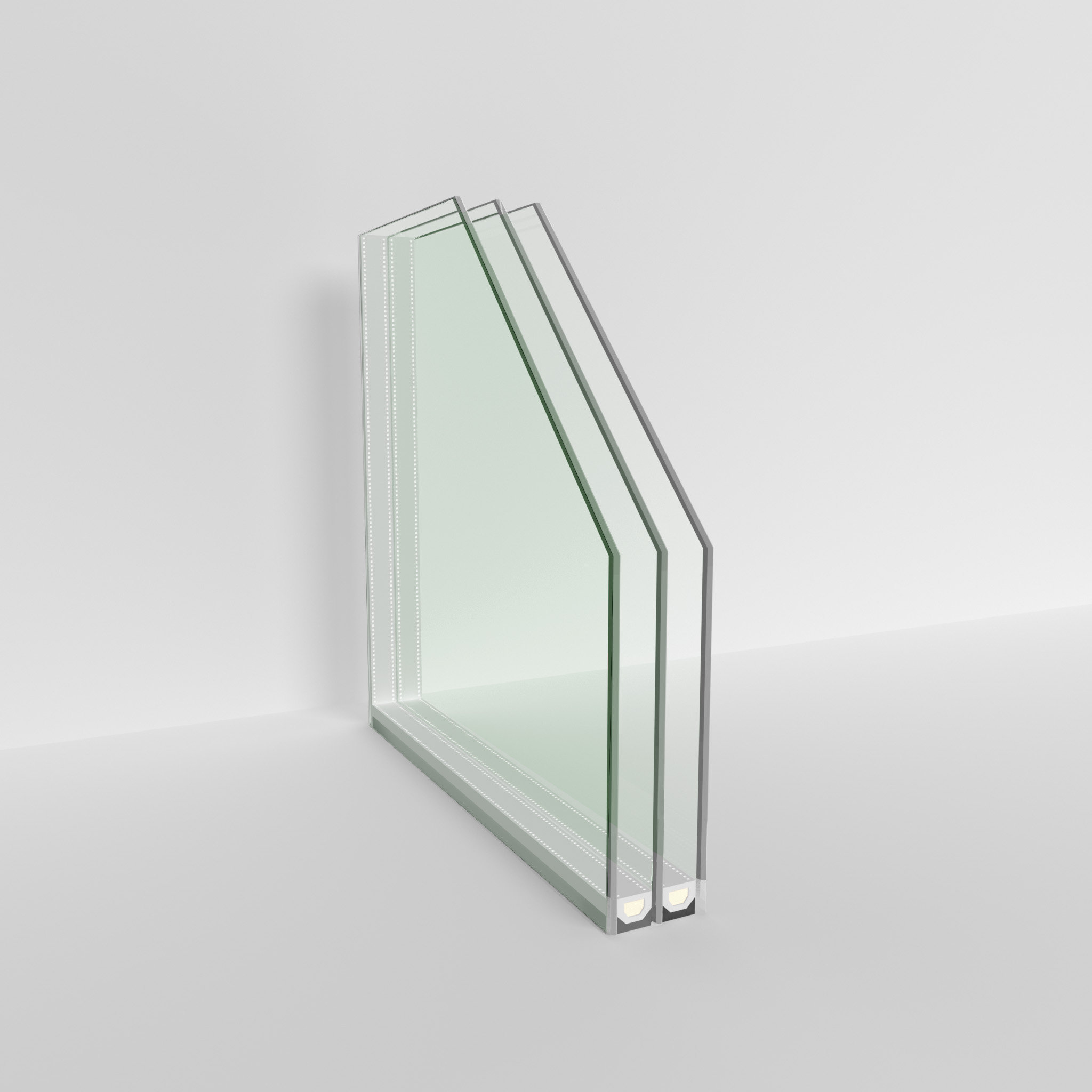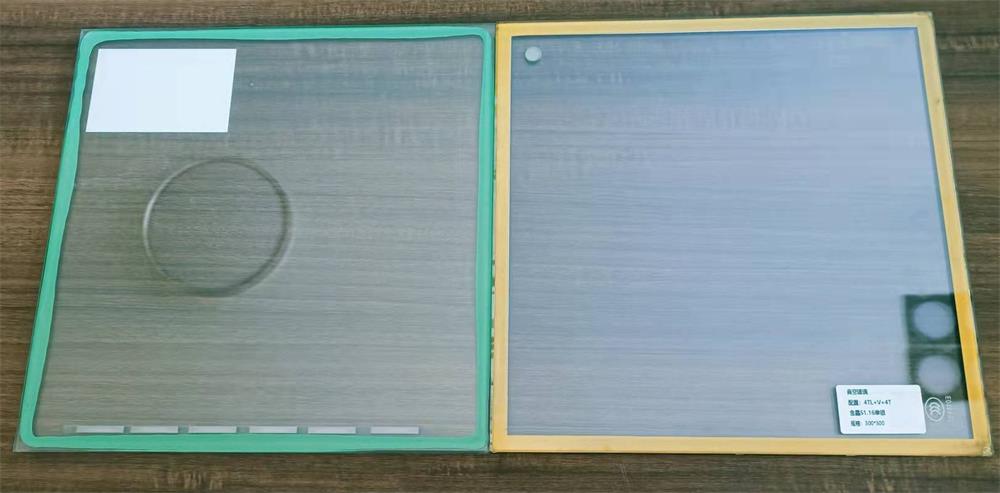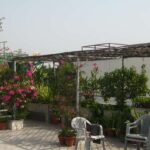In the construction industry, vacuum insulated glass is quickly becoming the new standard of practice. Low thermal transmittance, outstanding sound acoustic performance, and thin energy-efficient glass products are sought by architects and designers when generating new revolutionary concepts.
Recently, there has been a surge in the number of vacuum insulating glass producers, each claiming to be the best. How do you determine the difference between regular glass and vacuum insulated glass? An investigation of the aspects that affect the quality of vacuum-insulating glass (VIG) can help you choose the finest goods. For that you would need to know what’s vacuum glass.

Vacuum insulating glass quality is affected by a wide range of variables
The amount of vacuum and the presence of low-E coatings affect the building’s thermal insulation performance.
Most manufacturers that use double silver low-E glass use vacuum degree as a decisive factor in the final vacuum glass with U value because of their equal emissivity.
Custom-built vacuum glass manufacturing lines with varying amounts of vacuum are available for each location.

What is the difference between annealed and tempered vacuum glass?
It has been about 20 years since the debut of vacuum glass manufacturing technology, and nearly all of the glass produced is anneal vacuum. The absence of breakthroughs in edge-sealing technology has stifled its growth. However, anneal VIG, which has a very limited function, is still manufactured by a number of international corporations.
According to the manufacturer, tempered glass has 3-5 times the strength of normal float VIG. In addition to replacing triple-glazing glass in passive houses, architects may utilise this material for a broader variety of applications due to its impact resistance, mechanical strength, and wind resistance, including glass facades, greenhouse glass, and BIPV.
A minimum thickness of 6.3 mm is required by HaanGlas Vacuum glass, unlike its rivals who exclusively produce vacuum-insulated glass.

An object’s edges are sealed using edge sealing technology
There are two ways to seal the edges of vacuum insulating glass using edge sealing. Glass powder solders are used in the first, whereas low-temperature metals are used in the second.
The oldest and most traditional way of edge sealing is the use of glass solders, which is still used by the majority of vacuum glass manufacturers throughout the world today. To combine two pieces of glass, solder has to be heated, which diminishes the glass’ edge strength by 15 to 25 percent during the sealing process since this approach requires annealing already tempered glass.
It is common practise for manufacturers to temper the glass in a high-compression condition before sealing in order to resolve the problem. It won’t solve the problem of inconsistent glass strength and the high glass breakage ratio that comes with it, though.
Another kind of edge sealing is low-temperature edge sealing. There are a number of firms that create low-temperature metal components, including Land Glass and tempered vacuum insulating glass. This metal edge sealing technique has been proven superior by Landvac’s worldwide market promotion and projects over many years.

Conclusion
HaanGlas vacuum insulating glass is sealed with low temperature metal edge sealing technology under 250°C, much as Landvac vacuum insulating glass. Glass strength and spontaneous breakage are better at lower temperatures because the lower temperatures enable uniform glass strength and a lower spontaneous breaking.


